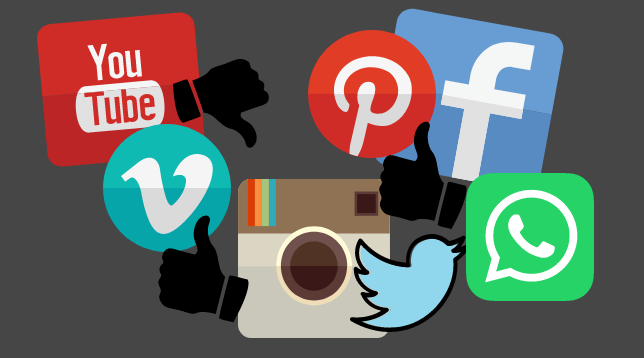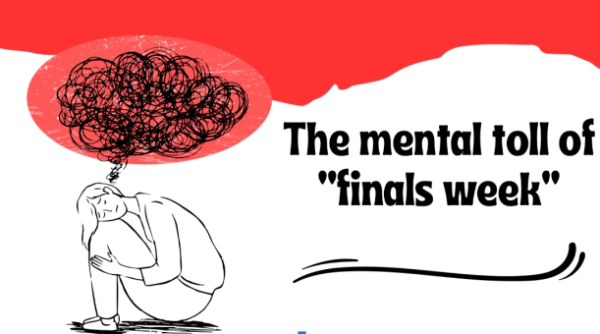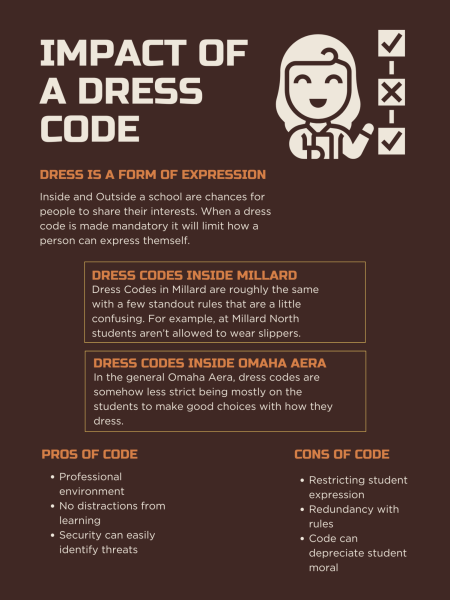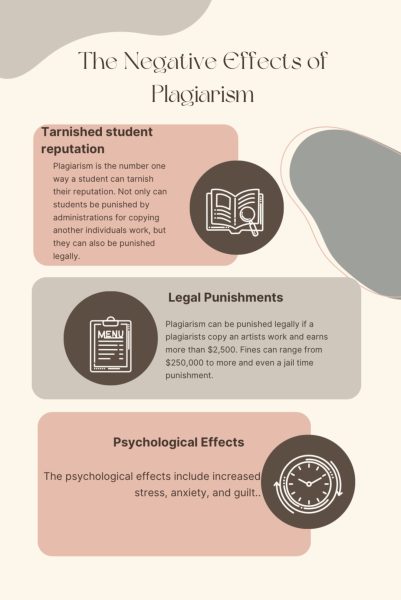The real corruptor of teens
Social media is the true cause of mental strain in the younger generation
As the number of teen users on social media increase, there is a decline in teen mental and physical health.
December 10, 2020
In our generation, social media is one way we interact and stay up-to-date with our friends and family. When used correctly, it is a powerful tool that can spread information throughout the world in record time. However, these platforms are not used in the ways they were intended to, and because of this development, it has become the main platform for negative activity. It’s not social media itself, but rather how teenagers choose to use and perceive things on those platforms.
Teens spend, on average, up to nine hours a day online, including surfing the web and browsing their favorite social media platforms, like Instagram and Snapchat. It becomes routine. Day after day, teens continue this behavior, adding up to 63 hours a week and continues to increase to over 3,000 hours a year. The time spent on these apps has only increased since COVID-19 left many of us with little to do other than surf the web. That’s a lot of time wasted away behind a screen when teens could be focusing on other aspects of life.
The reason for the long time spent on social media is because it has become addictive. Just like drugs, teenagers become hooked on social media sites to the point where some can’t go an hour without checking how many likes their post received or if their friend answered their snap. This is because the nucleus accumbens is active. This is the part of the brain that is active when a person is rewarded with something, such as a high number of likes on a post. Since this area of the brain is turned on, it becomes so addictive that it affects teen lives in negative ways, just like how drugs begin to harmfully affect the body.
Everyone knows that drugs can lead to addiction because it was made to be that way. What many people don’t know is that social media platforms were also designed to get them addicted. This was never a fluke. The designers purposely formatted these sites to ensure obsession.
While we, the users, think we are the true customers, social media applications gain no money when we use them. However, they gain money from other companies. Businesses pay social media designers to place ads around their site to tempt their users to click on them so that they will be able to make a profit. Social media sites are also paid to collect data about each of their users. Other businesses and firms, such as the police force, will pay to have information gathered about a certain person. They are getting paid to keep our attention. Ultimately, this marketing strategy made by social media applications leads to a downfall in teen mental health.
In a 2019 study, researchers showed that a majority of teens in the US, between the ages of 12 and 15 who spend more than three hours a day on social media, show heightened risks for developing mental health problems.
Social media platforms, like Instagram, were created to make sure people were able to stay connected when not face-to-face with one another. However, it has become a platform for competition to see who can be the “best of the best.” After viewing other profiles, teenagers become more judgemental about their own lives. They become so self-conscious that it is dangerous to their mental well-being, especially when it comes to their self-image.
Many teenagers compare themselves to others on social platforms. They begin to think that everyone else is living an amazing life. This way of thinking created what we call FOMO, or in other words, the fear of missing out. Teens feel compelled to check what others are doing online fearing that if they don’t check right away, they will miss out on something important.
FOMO not only affects mental but physical health as well. It can get so severe that it puts teens, and others, in danger, especially while driving. Almost 1.6 million car crashes a year are a result of being on a phone when driving. Out of those crashes, 360,000 involve injuries and death. The constant urge to see what others are up to on these sites has become a health hazard to everyone. An easy way to prevent this is to put your phone on silent and hide it away when you are in the driver’s seat. If more and more people begin to do this, we can make sure no one else suffers due to social media addictions.
With so much time spent on media, teens begin to lose a mass amount of sleep. I know from experience that when I am ready for bed, I will pull out my phone only checking it for a quick second. Next thing I know, it’s midnight and I’m only going to be able to get six hours before I have to wake up for school the next day. When the morning comes around and I head to school, I can’t help but feel tired the rest of the day. This is the reality of many teens. They are losing hours of sleep which can lead to a drop in grades. Lack of sleep can also lead to a weaker immune system, leaving teens more susceptible to illness, which is especially important today because of the spread of COVID-19. To avoid losing sleep because of the need to be on social media, put your phone away in a drawer or across the room from where you sleep so you’re not as tempted to take a peek in the middle of the night.
Although not all aspects of social media hold negative impacts, how much time teens spend on these applications and the need to be online has become a risk factor for both their mental and physical health There are many ways to help this issue, such as taking time away from your phone and deleting social media for a little while. By doing those little things, you will begin to see a significant change in your life.

















